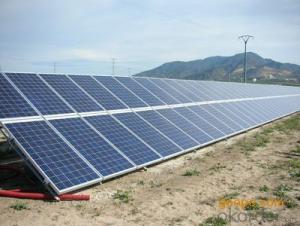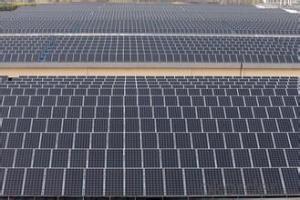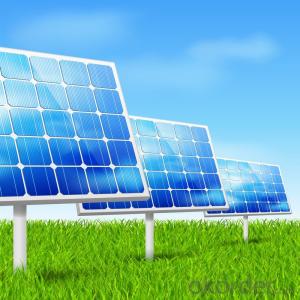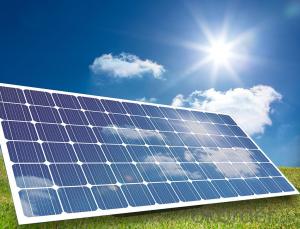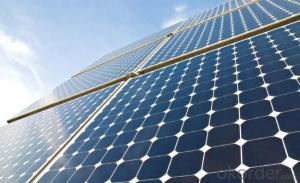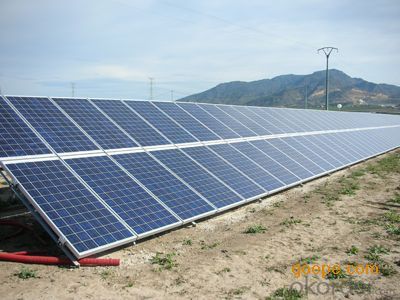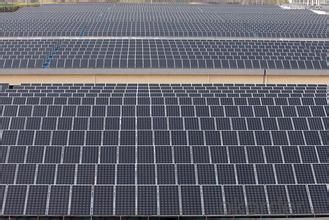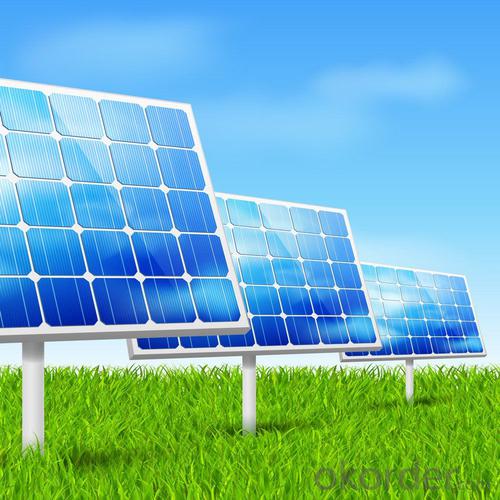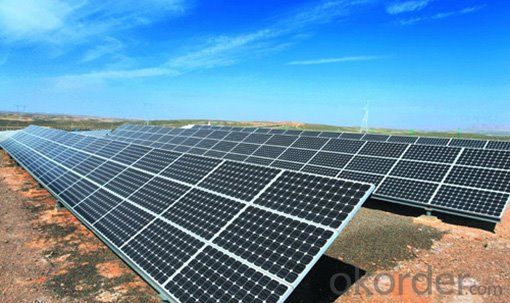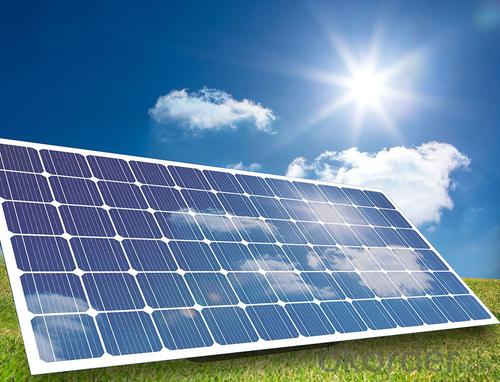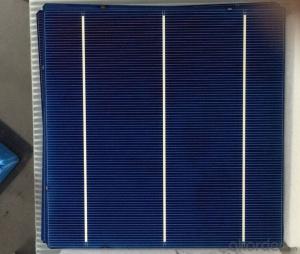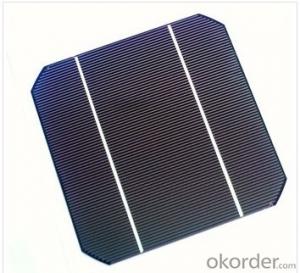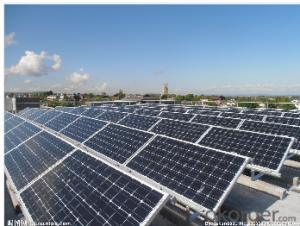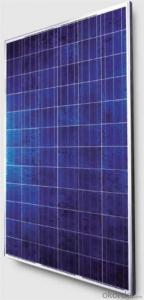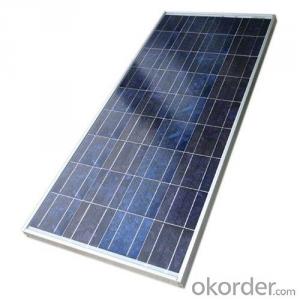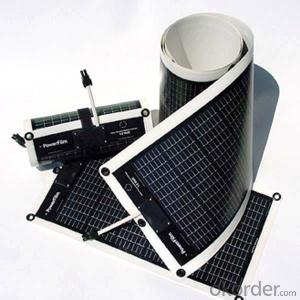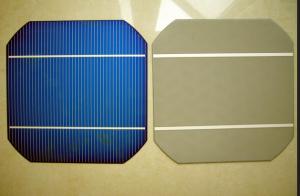Stretchable Solar Cells - Cheap 2024 New S=S Solar Module Mounting of CNBM
- Loading Port:
- Shanghai
- Payment Terms:
- TT OR LC
- Min Order Qty:
- 11 watt
- Supply Capability:
- 1111111 watt/month
OKorder Service Pledge
OKorder Financial Service
You Might Also Like
1.Structure of Solar Module Description
The solar module is an off-gird solar power generator, designed to provide stable and reliable electricity to homes and communities without access to grid electricity or to those regions where are short of power or even without power. The solar module is convenient to move, easy to set-up with reliable performance, making it ideal for situations where emergency power is required. It is an ideal & reliable energy source for a wide variety of applications, ranging from lighting , radios, fans ,televisions ,computers ,refrigerator. The USB port is compatible with all 5V-USB charged devices. It can also act as a back-up power source during emergency situations.
2.Main Features of the Solar Module
1).High conversion efficiencies resulting in superior power output performance.
2).Outstanding power output even in low light or high temperature conditions
3).Optimized design for ease of soldering and lamination
4).Long-term stability,reliability and performance
3.Solar Module Images
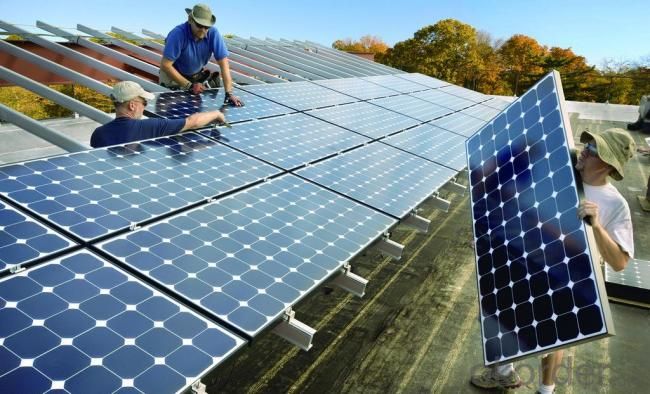
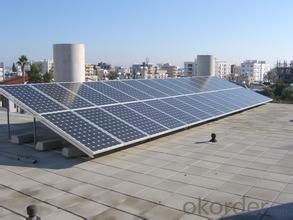
4.Solar Module Specification
nstallation Site: | flat roof |
Applicable Roof Cladding: | Suitable for most types of cladding |
Roof Slop: | Up to 60o |
Max. Building Height: | Up to 65ft(20m) |
Wind Load: | 130mph(60m/s) |
Snow Load: | 30psf(1.4kN/m2) |
Applicable Module: | Framed |
Module Orientation: | Landscape or portrait |
Code Compliance: | AS/NZS 1170; |
Material: | Aluminum, stainless steel |
Warranty: | 10 years on material |
5.FAQ of Solar Module
1). Q: Are you a factory or trading company?
A: We are a factory.
2). Q: Where is your factory located? How can I visit there?
A: Our factory is located in Jiangyin, Jiangsu, China, near Shanghai. You are warmly welcomed to visit us!
3). Q: How can I get some samples?
A: Please connect me for samples
4). Q: Can the price be cheaper?
A: Of course, you will be offered a good discount for big amount.
- Q: Can solar cells be used in emergency lighting?
- Yes, solar cells can be used in emergency lighting. Solar-powered emergency lights are designed to provide illumination during power outages or emergencies by utilizing solar panels to convert sunlight into electricity, which is then stored in batteries for later use. This makes them a reliable and sustainable option for emergency lighting solutions.
- Q: Can solar cells be used in hybrid systems?
- Yes, solar cells can indeed be used in hybrid systems. Hybrid systems combine multiple sources of energy, such as solar, wind, or traditional grid power, to ensure a more reliable and efficient energy supply. Solar cells can be integrated into these hybrid systems to generate electricity from sunlight, which can be used alongside other sources to meet the energy demands of a particular system or application.
- Q: Can solar cells be used in military vehicles?
- Yes, solar cells can be used in military vehicles. They provide a renewable and sustainable source of energy, reducing dependency on fossil fuels and increasing operational efficiency. Additionally, solar cells can help power various systems and equipment in military vehicles, enhancing their capabilities and reducing logistical challenges in remote or hostile environments.
- Q: How do solar cells perform in areas with high levels of salt spray?
- Solar cells generally do not perform well in areas with high levels of salt spray. The salt particles can accumulate on the surface of the solar cells, reducing their efficiency by blocking sunlight and corroding the electrical components. Regular cleaning and maintenance are required to mitigate the negative impacts of salt spray on solar panels in such areas.
- Q: What is the most commonly used material for solar cells?
- Because of the commercialization of solar cells. The variety of solar cells includes monocrystalline silicon solar battery, poly silicon solar cell, non crystalline silicon solar battery, there are also,cadmium, copper indium, etc.
- Q: How do solar cells handle temperature fluctuations?
- Solar cells are designed to handle temperature fluctuations by incorporating materials that can withstand high temperatures. They are also equipped with cooling mechanisms to dissipate excess heat and maintain optimal operating temperatures. Additionally, solar cells are designed to minimize the impact of temperature changes on their performance by employing temperature coefficients that adjust the electrical output accordingly.
- Q: How are solar cells manufactured?
- Solar cells are manufactured through a process that involves several steps. First, raw materials such as silicon, which is the main component of solar cells, are purified and shaped into cylindrical ingots. These ingots are then sliced into thin wafers. Next, the wafers are treated with various chemicals to create a p-n junction, which is essential for the conversion of sunlight into electricity. This involves applying a layer of phosphorus to one side of the wafer, which creates the n-type layer, and a layer of boron to the other side, creating the p-type layer. Afterwards, the wafers are coated with an anti-reflective material to increase their efficiency in capturing sunlight. Metal contacts are then added to both sides of the wafer to collect the generated electricity. Finally, the wafers are assembled into modules or panels, where they are protected with a glass cover and encapsulated with a weather-resistant backsheet. These modules are then tested for quality assurance before they are ready for installation and use in solar energy systems.
- Q: I am working on research for the usage of solar cells, where can I find more news of solar cells?
- If you are looking for the most up-to-date news about the solar cells, you should visit Sciencedaily for more information.
- Q: What is the usage of solar cells?
- Solar cells are basically considered to be a high technology battery, which can be used anywhere that needs a "battery"
- Q: How do solar cells compare to fossil fuels in terms of energy production?
- Solar cells are a more sustainable and environmentally friendly option for energy production compared to fossil fuels. While fossil fuels are limited in supply and contribute to air pollution and climate change, solar cells harness the power of the sun to generate electricity without emitting harmful greenhouse gases. Additionally, solar cells have the potential for decentralized energy production and can be installed in various locations, making them a more flexible and accessible source of energy.
Send your message to us
Stretchable Solar Cells - Cheap 2024 New S=S Solar Module Mounting of CNBM
- Loading Port:
- Shanghai
- Payment Terms:
- TT OR LC
- Min Order Qty:
- 11 watt
- Supply Capability:
- 1111111 watt/month
OKorder Service Pledge
OKorder Financial Service
Similar products
Hot products
Hot Searches
Related keywords
